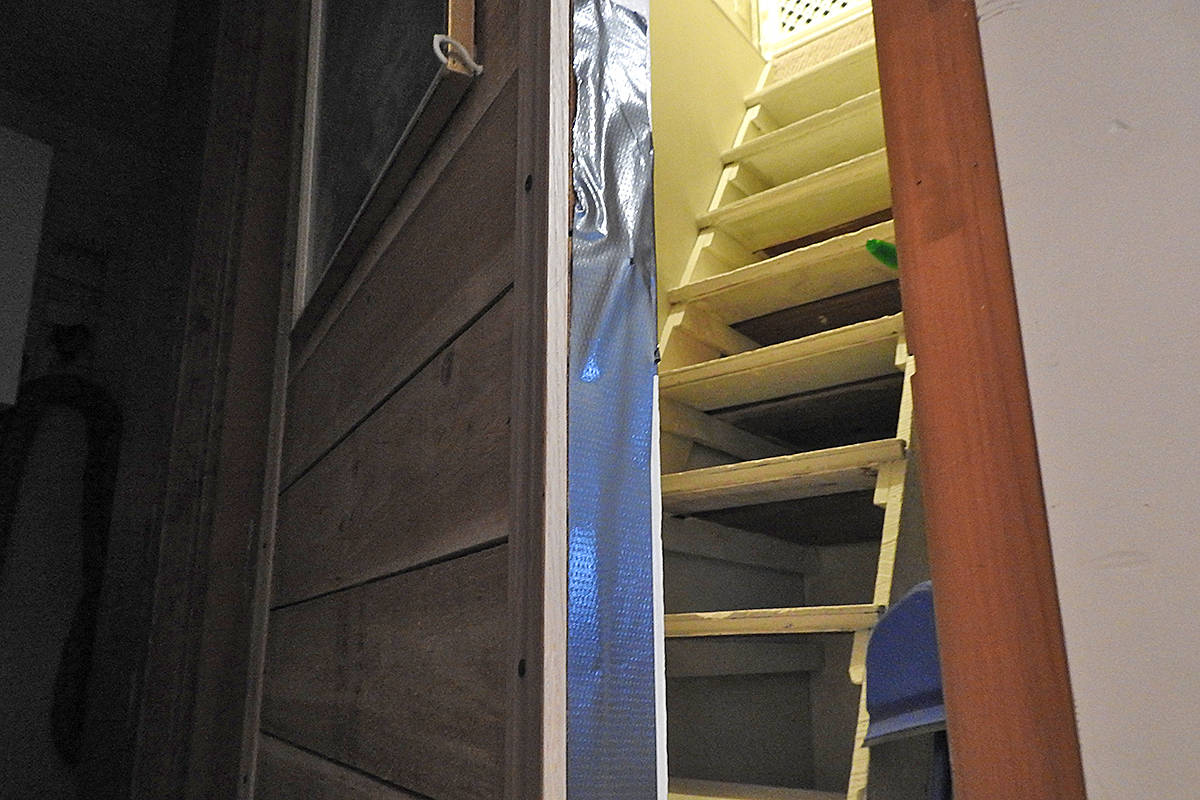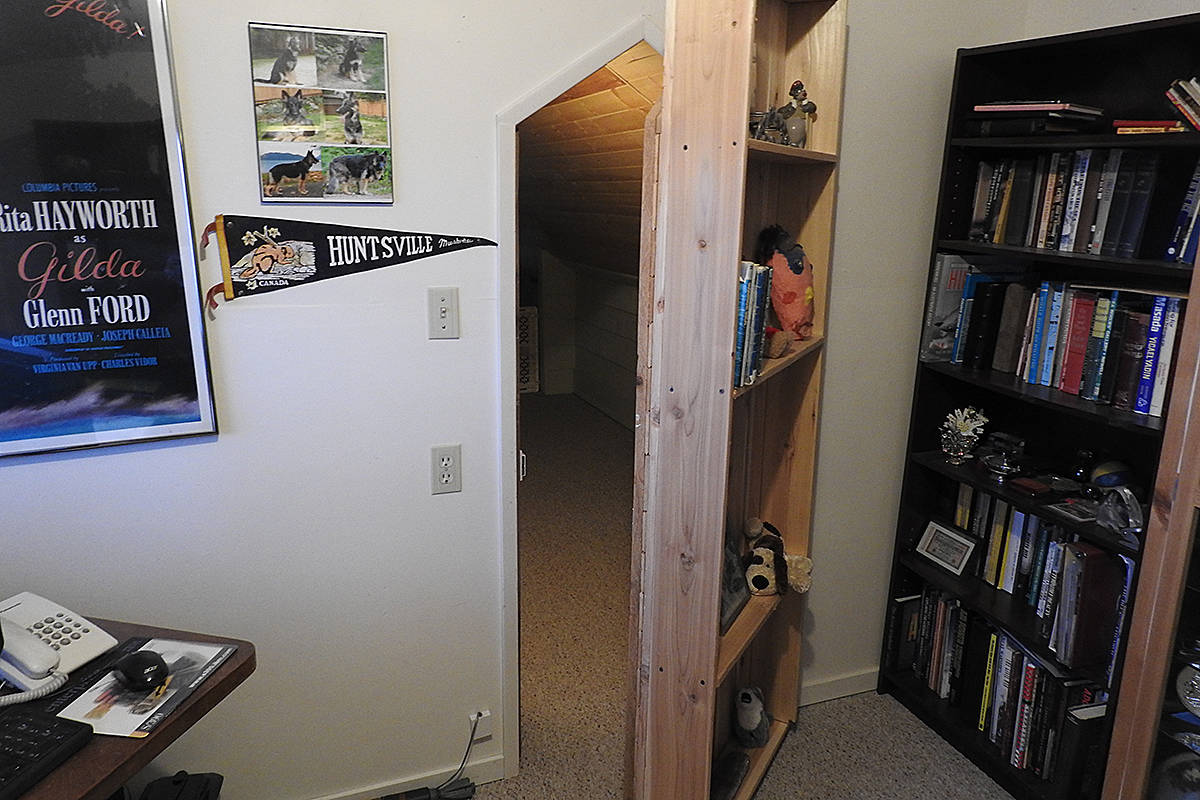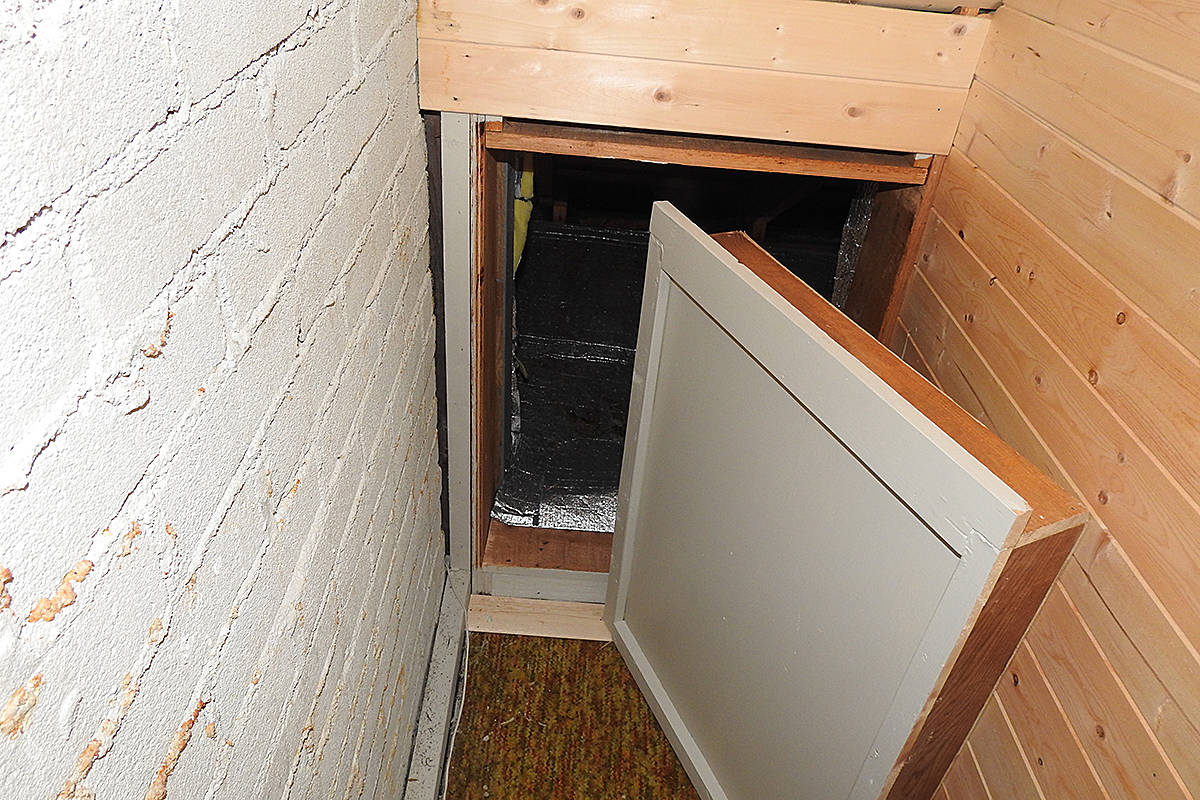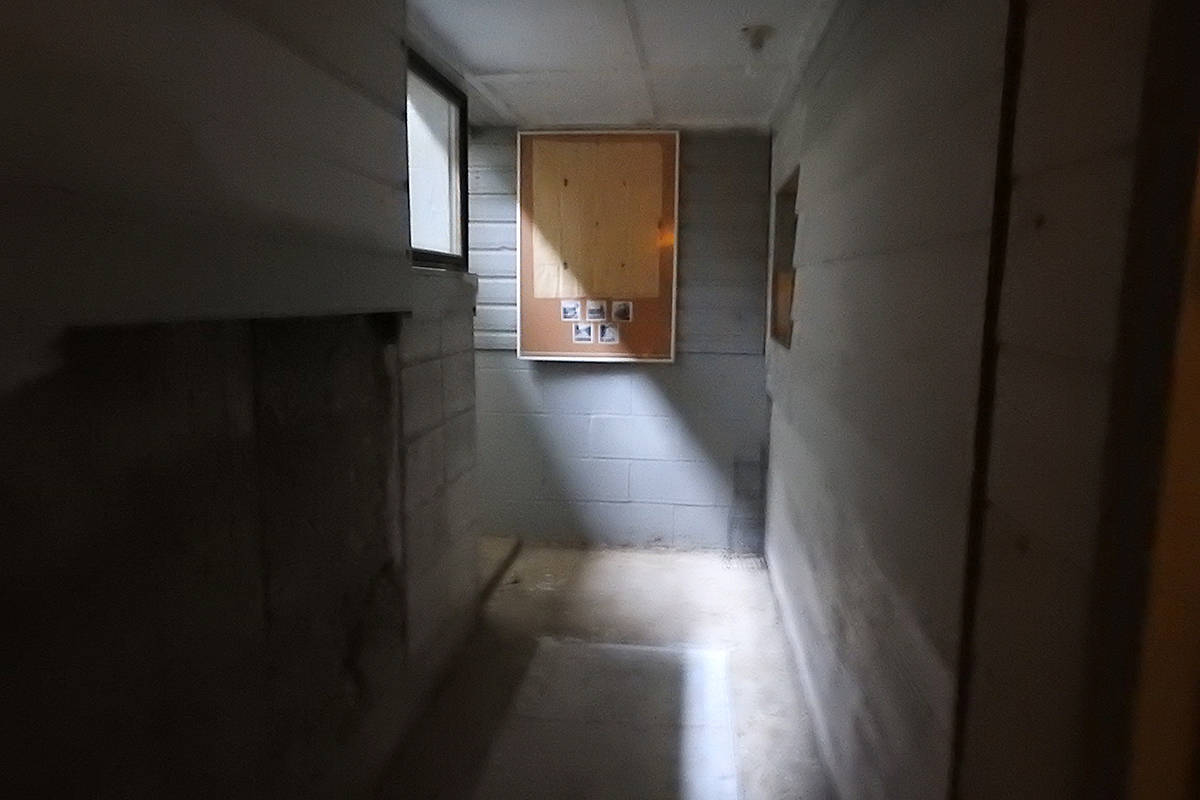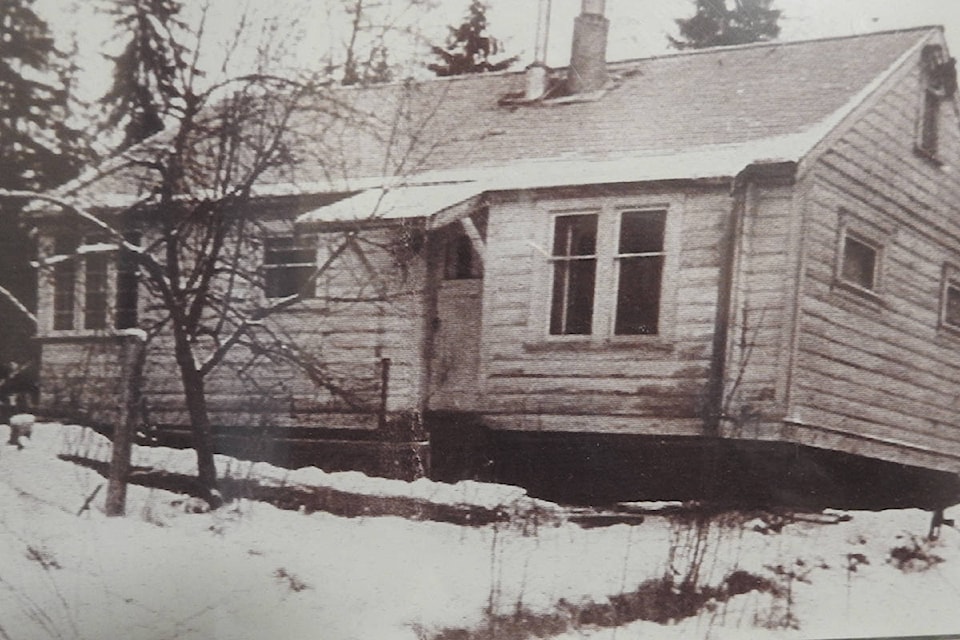By Marcel Hill
New to Campbell River, I join hundreds from all over the world at this world-class retirement destination. I bought a 1940’s house on the “Campbell Riviera” – the stretch of scenic highway winding its way south past Discovery Passage as it hugs the ocean.
“Redonda Villa” has historic ties to both the great Ripple Rock Explosion and WW2 Jews who hid from the Nazis.
The original house was moved here by barge from West Redonda Island just prior to the 1958 colossal explosion that blasted the twin peaks of a submerged mountain 1,000 feet in the air. Treacherous marine obstacle Ripple Rock had sunk 20 large vessels and 100 smaller ones over the years, claiming 114 lives. The previous owners moved the house before the tiny settlement became a ghost town, since ships no longer had to stop there after circumventing Ripple Rock.
The house was sold to Dutch immigrants in 1965, who built a large addition, modelling this three-storey house after a WW2 Netherlands house where the woman’s mother hid Jews from the Nazis. The elderly woman met with me and my realtor to give me historic photographs and tell this story.
She was a young girl in 1944 when Germans raided her town looking for Jews. Terrified, she would be shot along with her mother if the Jews were discovered, she crawled with them through escape hatches leading from the attic to the gable area, where they quietly laid on their stomachs. The Germans found the attic but did not discover the escape panels. They raked the walls with machine gun fire just in case. At that point in the story, the old woman leaned forward and said “they missed us all”… I was moved to tears. The Jews hid in the attic successfully until the war ended. Ten years later she was married and living here.
My historic house has a hidden staircase leading to the attic, where one of two rooms is the “Anne Frank” room – a tribute to the courage of both Jews who hid from Nazis and the brave souls who risked death to save them. There are three escape panels in the attic providing access to the gabled area. On the first floor, a concealed escape tunnel leads to an underground concrete “bunker.” Each of the five bedrooms have names, like the Honeymoon Suite, the Eagles Nest, and the Nasa room, and every room – even bathrooms and closets – has ocean views. Behind a bookcase in the third floor study is another entrance to the Anne Frank room.
This waterfront paradise on half an acre sits on a raised slope, providing a 180 degree unobstructed panoramic view of ocean, islands and distant mainland mountains. When I’m awakened by barking California Sea Lions, I remember the old woman describing the sound of German jack boots pounding up her driveway. As I enjoy the scenic wonders of whales, sea lions, marine vessels and other wonders, my gaze directs me at Discovery Passage where I think about the many ships and lives lost because of Ripple Rock.
Working at my desk upstairs, I imagine that brave little girl hiding from Nazi bullets on the other side of the wall. The piercing cries of eagles seems to mimic the joyful cries as Dutch people were finally liberated and surviving Jews tasted freedom.
The explosion that blasted a mountain away brought a house to Campbell River to become a memorial of sorts.
Does your house have a story?
Does your house have an interesting history or is just plain interesting in some other way? Let us know about by emailing editor@campbellrivermirror.com or call 250-287-9227.
